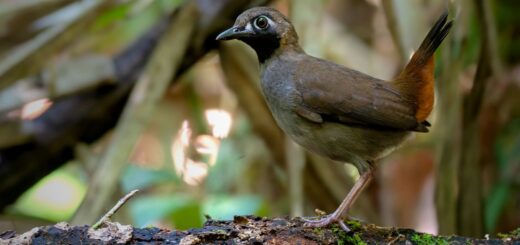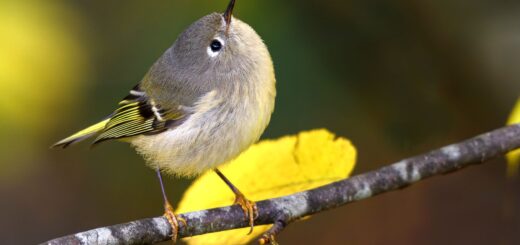Deforestation by the Drug Commerce Damages Essential Fowl Habitats | Dwelling Fowl
In Mexico and Central America, cocaine traffickers seek out distant forests for his or her operations—consuming away on the habitat of a dozen Neotropical migratory chook species.
September 25, 2024
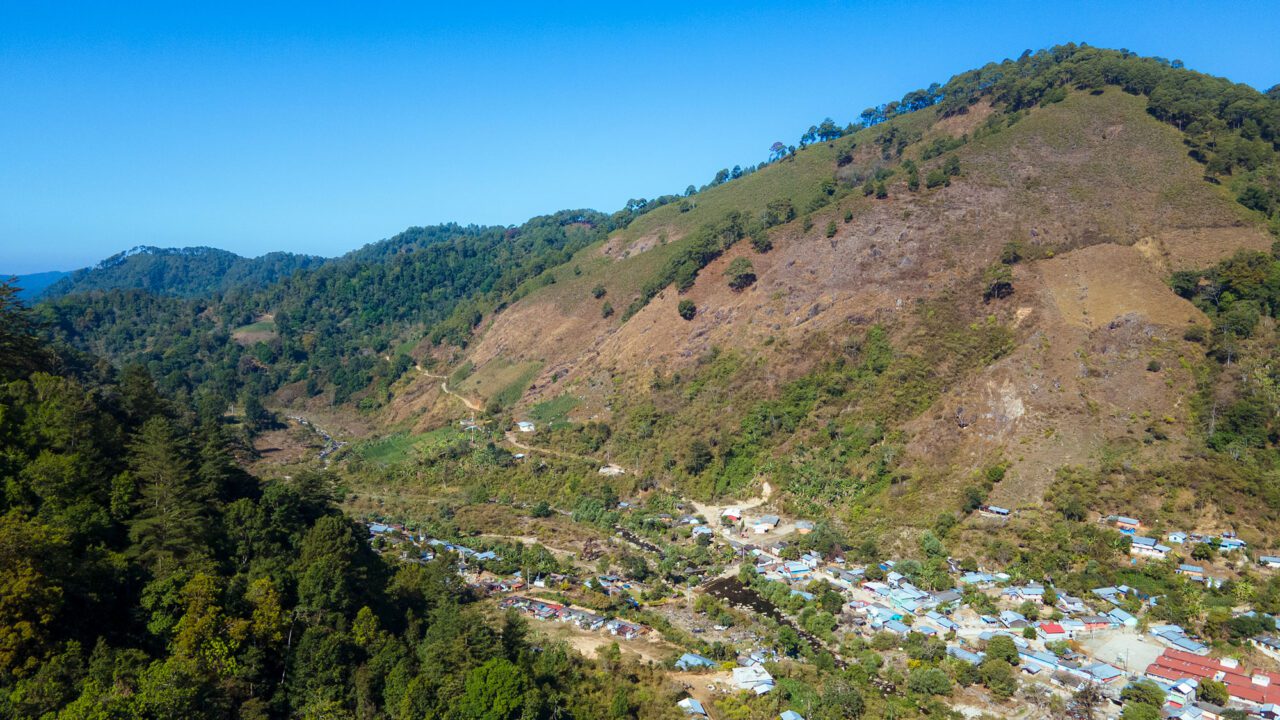
From the Autumn 2024 problem of Dwelling Fowl journal. Subscribe now.
Central America accommodates merely 0.1% of the Earth’s land mass, however it harbors at least 7% of the Earth’s biodiversity—which implies the world has outsized significance in relation to defending birds and completely different wildlife. It’s moreover an house by means of which billions of {{dollars}} in cocaine is ferried across the globe yearly.
New evaluation reveals that, above and previous the tragic human penalties of the illegal drug commerce, cocaine trafficking in Central America is inflicting substantial environmental damage. The analysis—carried out by a variety of universities plus the U.S. Fish and Wildlife Service, and revealed in June throughout the journal Nature Sustainability—analyzed panorama changes in Central America following principal drug enforcement actions and in distinction them with concentrations of migratory birds wintering in these self identical areas. The outcomes highlight the gorgeous connections between drug trafficking, enforcement measures, and biodiversity.
On the Run, and Clearing Land as They Go
“When drug traffickers are pushed into distant forested areas, they clear land to create landing strips, roads, and cattle pastures,” says Amanda Rodewald, senior director of the Center for Avian Inhabitants Analysis on the Cornell Lab of Ornithology and lead creator of the analysis. “These actions—and the counterdrug strategies that contribute to them—can deforest landscapes and threaten species.”
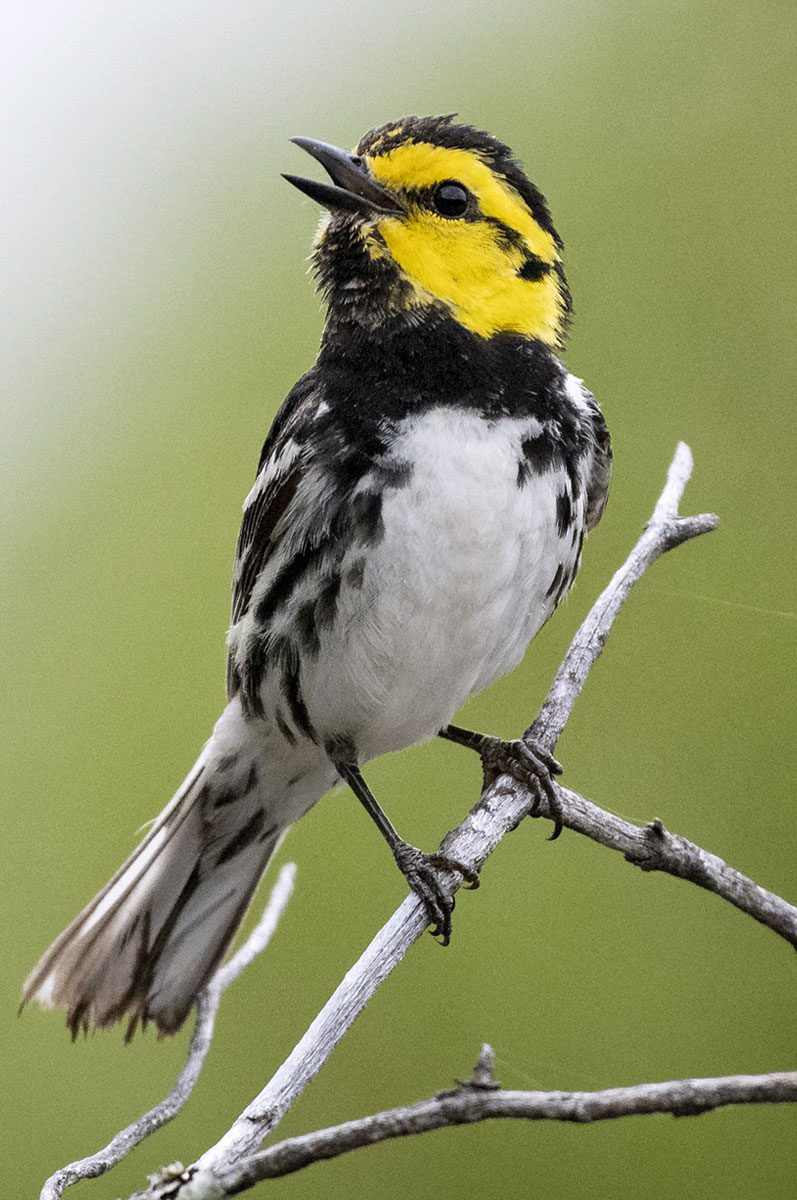

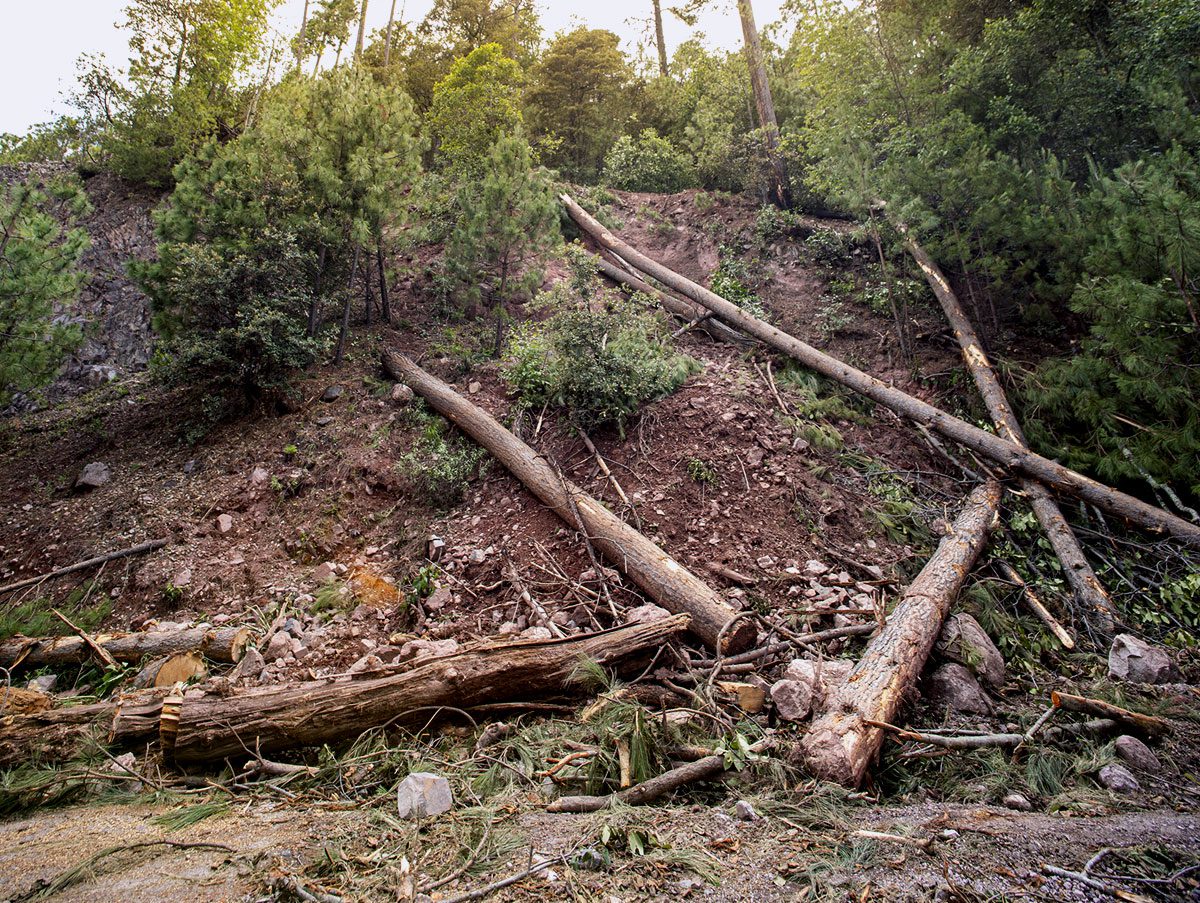

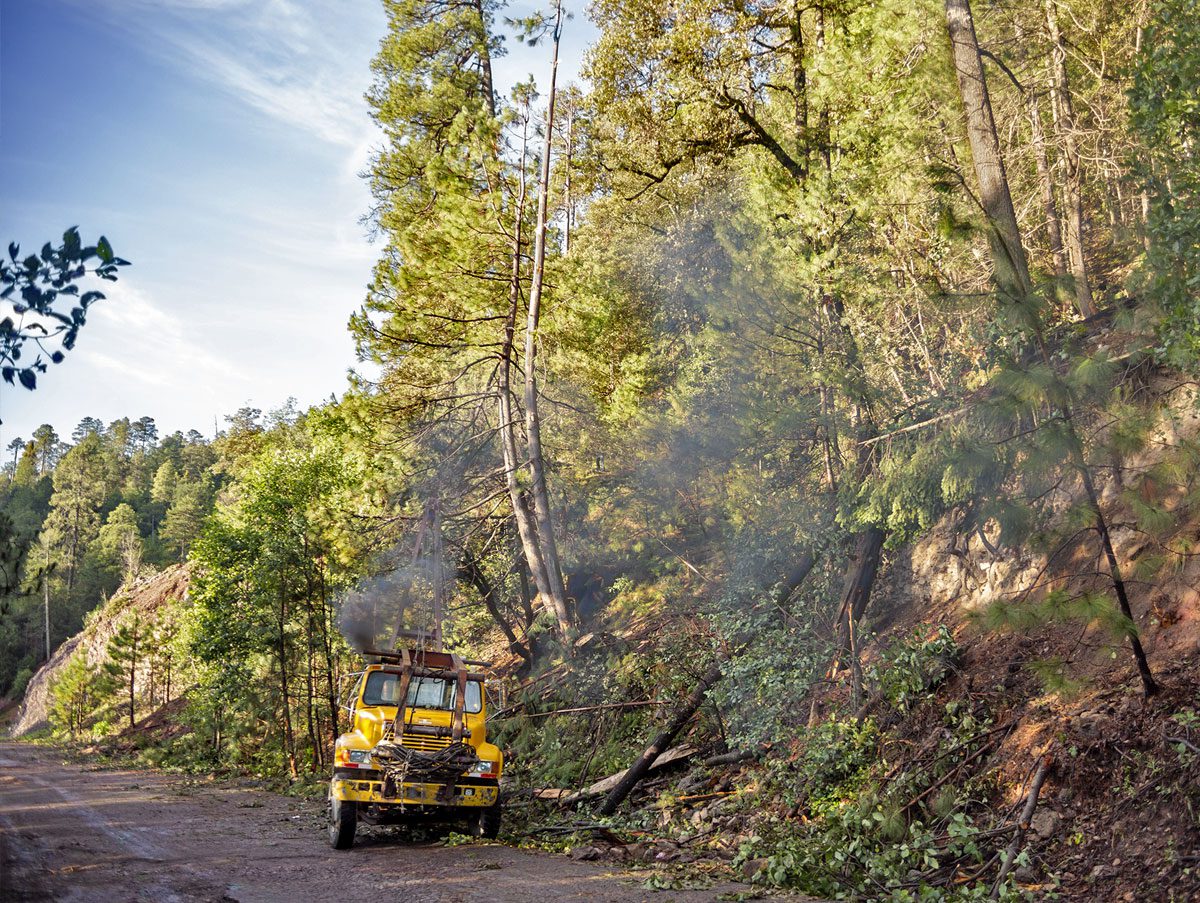

Rodewald says that at all times after an enormous seizure of medication in a single house, the illegal operations will switch into areas that are even more durable to realize, pushing narco-deforestation into ever further distant areas. The analysis authors acknowledged areas at elevated menace throughout the ever-shifting geography of cocaine-trafficking actions, after which used eBird Standing and Tendencies abundance info to hunt out that two-thirds of those areas are moreover important to forest birds—along with 67 species of migratory birds that breed throughout the U.S. and Canada and migrate to Central America.
Considered one of many birds most impacted is the federally endangered Golden-cheeked Warbler, a species that breeds solely in Texas and spends the rest of the 12 months in a forested landscapes from southern Mexico to Nicaragua. The analysis found that by the nonbreeding season, 90% of the worldwide inhabitants of Golden-cheeked Warblers is dependent upon lands deemed vulnerable to narco-deforestation. Eleven completely different migratory birds—along with Golden-winged Warbler, Philadelphia Vireo, Chestnut-sided Warbler, Yellow-bellied Flycatcher, and Baltimore Oriole—stood out as species with essential world populations (50% or further) migrating to lands predicted to be at elevated menace from narco-trafficking.
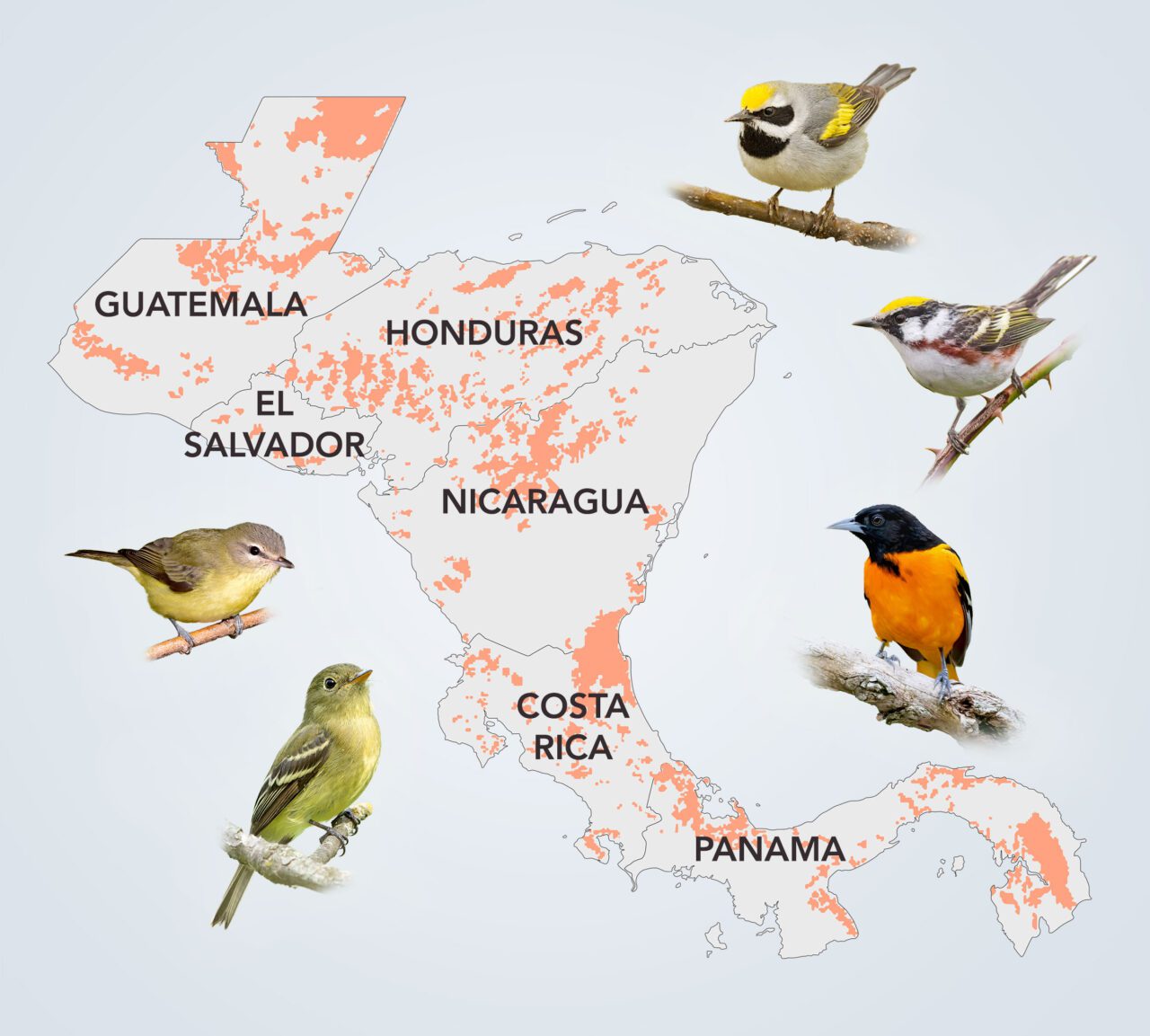

Traffickers “Have Nearly Limitless Money and Vitality throughout the Space”
Nicholas Magliocca, a analysis coauthor and geographer on the School of Alabama who focuses on human-environmental interactions, says this evaluation builds on his earlier work analyzing land-use conditions and narco-trafficker choices based totally on perceived menace and income. He says the traffickers typically protect their worthwhile operations going by any means important, even after seizures and arrests.
“U.S. drug protection in Central America focuses on the supply aspect of the equation …. After 40 years that technique has not labored,” says Magliocca. “This evaluation [shows] the harms attributable to drug trafficking and one of the simplest ways we at current go about combating it. It is essential to do higher than reactively chase after the drug traffickers who’ve virtually limitless money and power throughout the space. No question it’s a fancy, fluid, and dangerous situation.”
The areas of elevated menace for cocaine trafficking in Central America are sometimes big forest tracts inhabited by a extreme proportion of Indigenous of us. Rodewald says that taking part with these Indigenous communities could very properly be one method to begin turning the tide on narco-deforestation.
“Incorporating measures that assemble functionality in native communities and governments to observe and defend their forests, develop alternate forms of earnings, and resolve unclear land tenure would go a fantastic distance,” Rodewald talked about. “This analysis is a reminder that we are going to’t deal with social points in a vacuum, because of they will have unintended environmental penalties that undermine conservation.”
